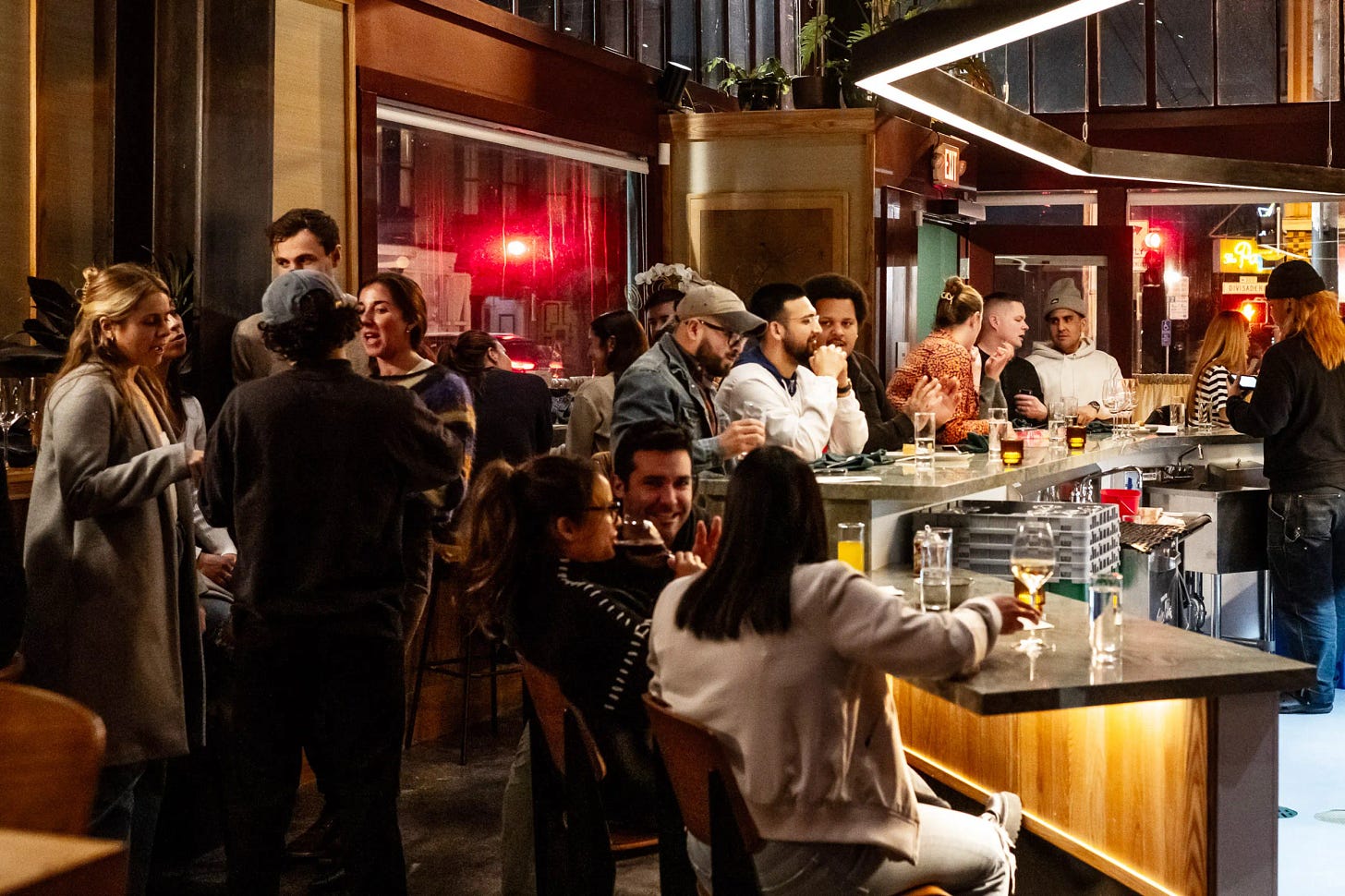There’s a paradox playing out in the wine world right now: Overall wine sales are slipping as younger consumers skip the Cab and Chard—yet, a new generation of wine bars is buzzing, packed with the very Gen Z and Millennial drinkers the industry is trying so hard to reach.
Take San Francisco. Earlier this year the San F…
Keep reading with a 7-day free trial
Subscribe to Insight Out to keep reading this post and get 7 days of free access to the full post archives.


